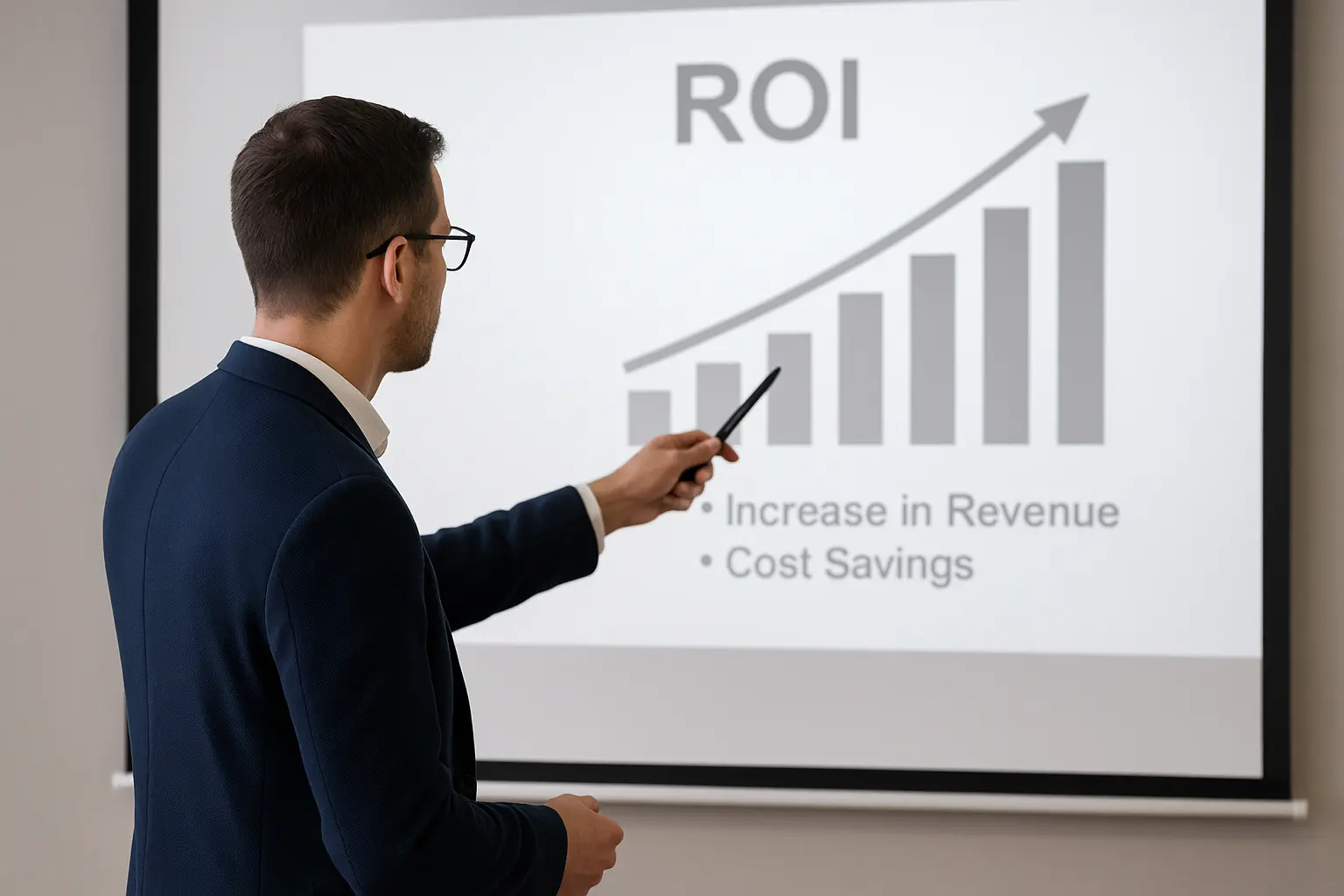To understand the driving forces and identify which levers to pull to improve sales performance: knowing when, where, and how to act are the keys you'll discover in this article!
The engine is stalling; make sure you're fixing the right parts!
Have you clearly established your sales strategy?
How do you coordinate your marketing and sales resources to achieve your business goals? How does lead generation work? Is the customer and prospect portfolio well segmented? Do salespeople know who to visit as a priority? How often? On which product(s)? Do they know the high-margin customers...? Defining your sales strategy and sharing it helps align and focus team efforts in a coherent and effective manner, maximizing ROI and reducing the risk of missing out on interesting business!
Do you provide real business support to your teams? Not during appointments, but before.
If the answer to this question is no, you will exhaust your team! The ability of a sales management team to implement a lead generation system is now an integral part of the result! Today, direct prospecting (Outbound) activities, which are proving to be less and less effective, are gradually disappearing in favor of attraction activities (Inbound). Your website, through lead generation, gives the team a boost and prevents it from becoming exhausted.
How is the commercial action plan defined in your company?
The sales action plan is the operational translation, applied to the teams, of the commercial strategy. It is a roadmap that revolves around three axes:
- The volume of activity (of each salesperson), i.e. the number of appointments, telephone contacts, proposals, sales, etc.
- Focusing your efforts means aligning your activities with priority segments (hence the value of having customer segmentation!).
- And finally, the quality of the activity, that is, the means that ensure the conversion rate.
What if it came from you? Honestly?
You have a strategy, a marketing plan, an annual action plan and the results are not following? Then, the most frequent cause is the lack of application in the operational implementation. Commercial performance also depends on the active and constructive role of commercial management: putting it all together, getting the engine running and staying attentive to know where and when to act. With managerial arrangements, simple and up-to-date dashboards, frequent exchanges, a supporting posture, he makes sure that the team moves forward!
What is the current level of each member of your team? Not in absolute terms, but right now.
To succeed, each salesperson on your team must have three optimized “energy reserves” to maintain a positive dynamic.
- First, expertise: their offer, their products, their company, but also their market, their competitors, their customers, etc.
- Then the business skill: that is to say, mastering sales and negotiation techniques, being able to adapt one's know-how and interpersonal skills, etc.
- Finally, intrinsic and extrinsic motivation: driven of course by remuneration, but above all by recognition, a taste for challenge, the atmosphere and team spirit, its inclusion in the meaning and ambition of the company...
How is customer information structured to enhance performance?
There is a lot of talk about data today, and while this topic concerns the general public, it also applies to your client portfolio! Information allows you to build your sales strategy more effectively upstream, refine individual knowledge of each client, and manage actions downstream. Whether it's an Excel spreadsheet to start with or a CRM to have a real tool, capturing, organizing, and exploiting client information is essential for sales performance!
Finally, do you have effective support?
This support is, in a way, the back office, all the resources implemented to help marketing and sales teams focus on their core business. They are of 3 main types:
-
- Sales administration, with order management, invoicing, follow-up, etc.
- Marketing professions, including specialists in digital marketing and research, etc.
- Customer service, which will maintain the quality of the relationship, but also provide useful information to maintain or develop the level of sales among your active customers...
Sales performance is therefore based on a set of 7 levers that constitute a system. Here, we can clearly see how they fit together and how a failure impacts the whole system.
An 8th lever predominates over the other 7: do you know which one?
…….YOU! What is your own dynamic beyond your role as facilitator? If you observe your functioning like a doctor examining a patient's body: are you more "Head" (analytical), Heart (emotional and relational), Hands (directive), or Feet (always running, action, action!)? Understand your own functioning with perspective and objectivity, and the other 7 levers will more easily align with you.
But sometimes there is not enough time to take a step back and act on all the levers. KESTIO precisely allows you, at the right pace, to guide actions and ensure that the engines are running smoothly, within the overall vision of the system!
To go further, you can download our White Paper: HOMO SAPIENS COMMERCIALIS: the salesperson in the Digital Age
You can also explore our innovative approaches to support leaders, managers, project managers, and sales representatives within startups and SMEs through this change:




